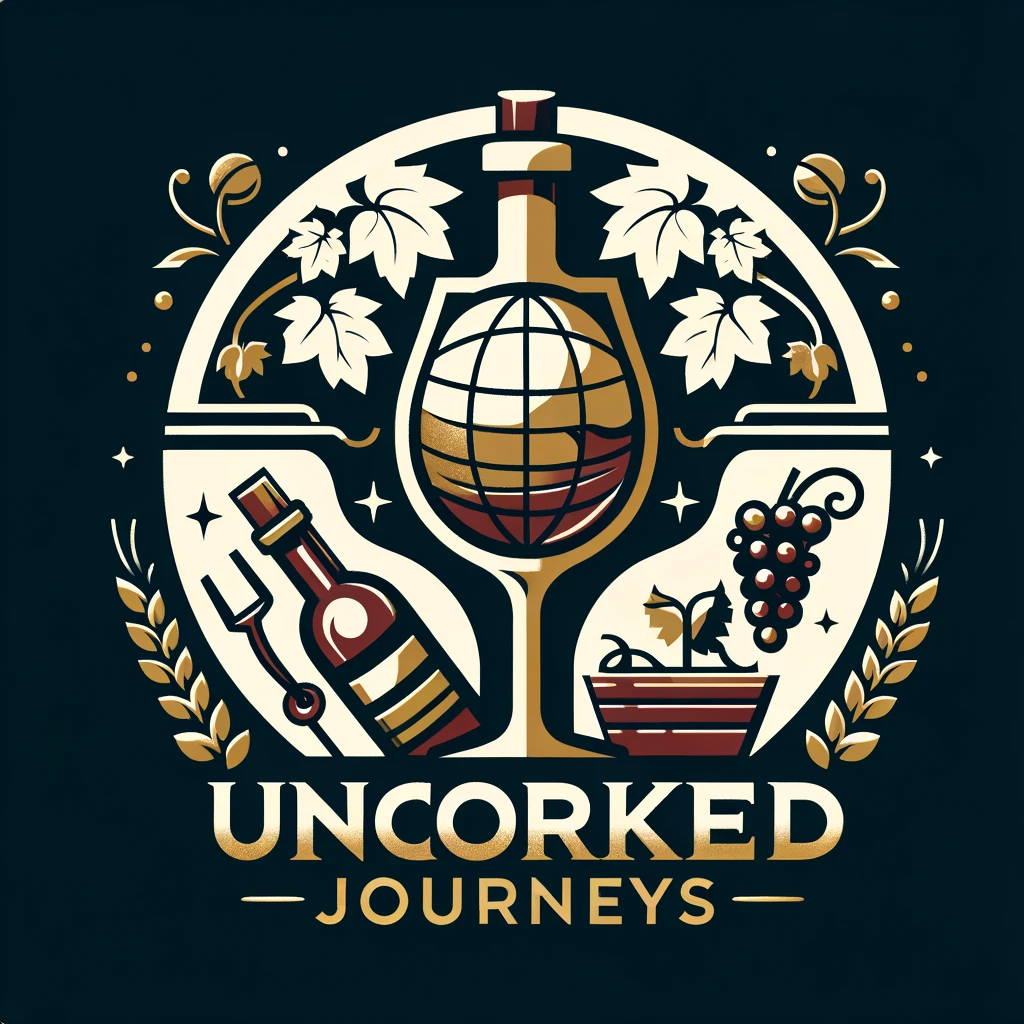Tuscany
Tuscany, a region in central Italy, is synonymous with an illustrious wine culture that dates back thousands of years. From the Etruscans, who introduced viticulture to the area, to the globally renowned winemaking traditions of today, Tuscany stands as a symbol of the art and craft of wine. The region’s rolling hills, ancient vineyards, and passionate vintners have created a deep-rooted tradition that reveres wine not just as a beverage but as an integral part of its culture and heritage. Families often pass down vineyards and winemaking knowledge through generations, preserving techniques that maintain a balance between innovation and tradition.
The history of winemaking in Tuscany is as rich as its landscape. The Etruscans were among the first to cultivate vines, and by the time of the Roman Empire, Tuscan wines were already sought after across the Mediterranean. The medieval period saw the establishment of noble estates, many of which still produce wine today. The concept of regulated wine zones began here, with the creation of the Chianti region in 1716 by Grand Duke Cosimo III de' Medici, marking one of the earliest attempts to control wine quality and origin in the world.
Tuscany is home to some of the most noteworthy wines, including Chianti, Brunello di Montalcino, and Vino Nobile di Montepulciano. Chianti, perhaps the most famous, is made primarily from the Sangiovese grape, offering flavors that balance bright red fruit with earthy and spicy undertones. Brunello di Montalcino, a more robust expression of Sangiovese, is revered for its complexity and aging potential. Super Tuscans, which often blend Sangiovese with non-native varieties like Cabernet Sauvignon and Merlot, have further elevated Tuscany’s reputation, showcasing the region’s ability to innovate while maintaining its traditional roots.
The soil and climate of Tuscany play a critical role in shaping the character of its wines. The region’s soil types vary from clay and limestone to sand and marl, each influencing the flavors and structure of the wines. The warm Mediterranean climate, with its hot summers and mild winters, allows grapes to ripen fully, while cool evenings help preserve their acidity. The combination of well-drained soils and consistent sunshine ensures that the Sangiovese grape, in particular, thrives, producing wines that are vibrant, structured, and uniquely expressive of the Tuscan terroir.
One of the fascinating aspects of Tuscany’s wine culture is the concept of terroir, where each vineyard's unique characteristics, from soil composition to microclimate, contribute to the individuality of the wines. Winemakers often describe their wines as an expression of the land itself, creating a deep connection between the bottle and its origin. In addition to wine, Tuscany’s agritourism has flourished, allowing visitors to experience firsthand the vineyards, cellars, and traditional feasts that celebrate the region’s vinous heritage.
Wine festivals and celebrations are a cornerstone of Tuscan culture, with events like the Chianti Classico Expo and the Brunello Harvest Festival drawing visitors from around the globe. These gatherings not only showcase the finest wines but also highlight the communal spirit of winemaking, where tradition, pride, and collaboration come together. The cultural significance of wine extends beyond the glass, representing a way of life deeply entwined with the land and its history.
